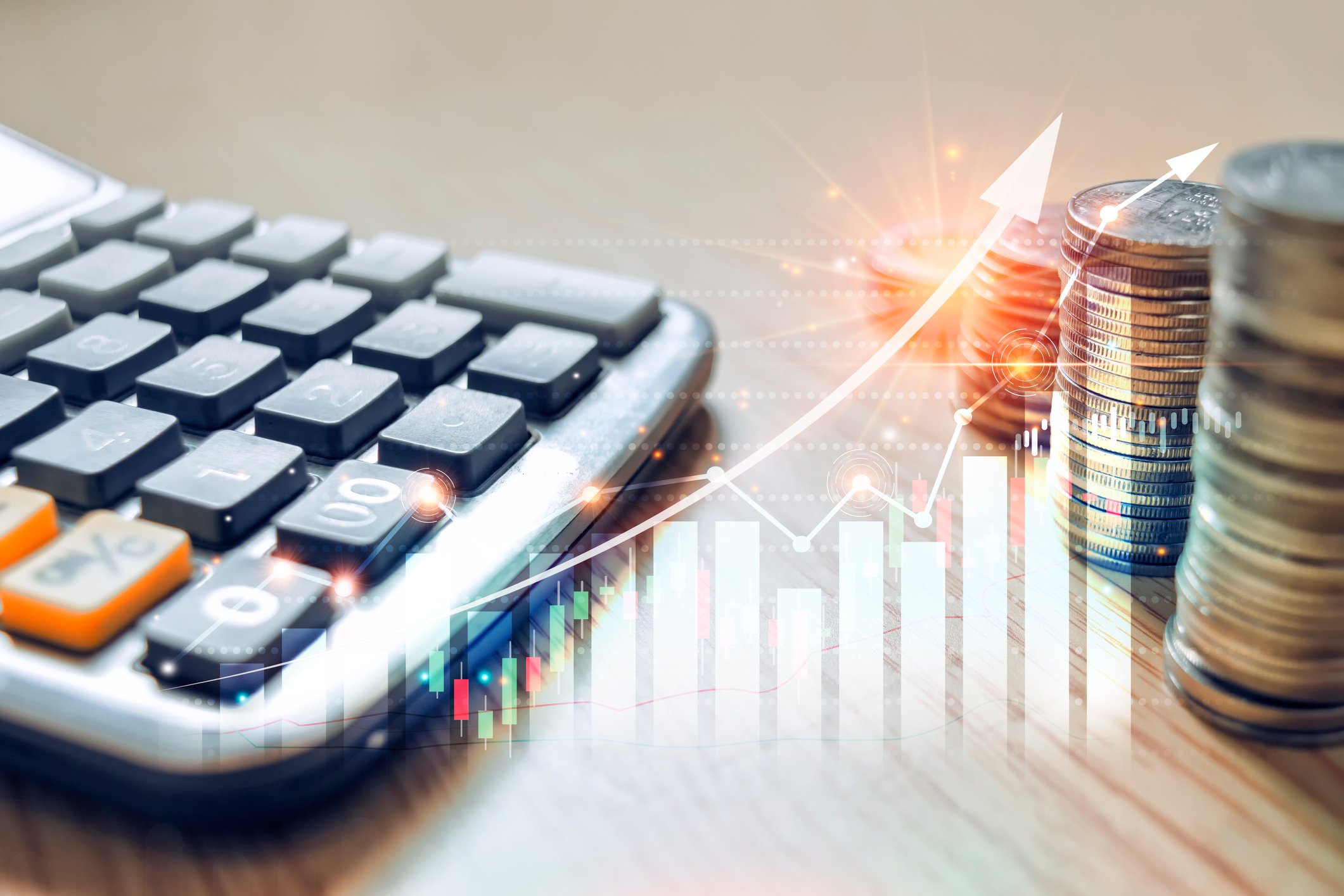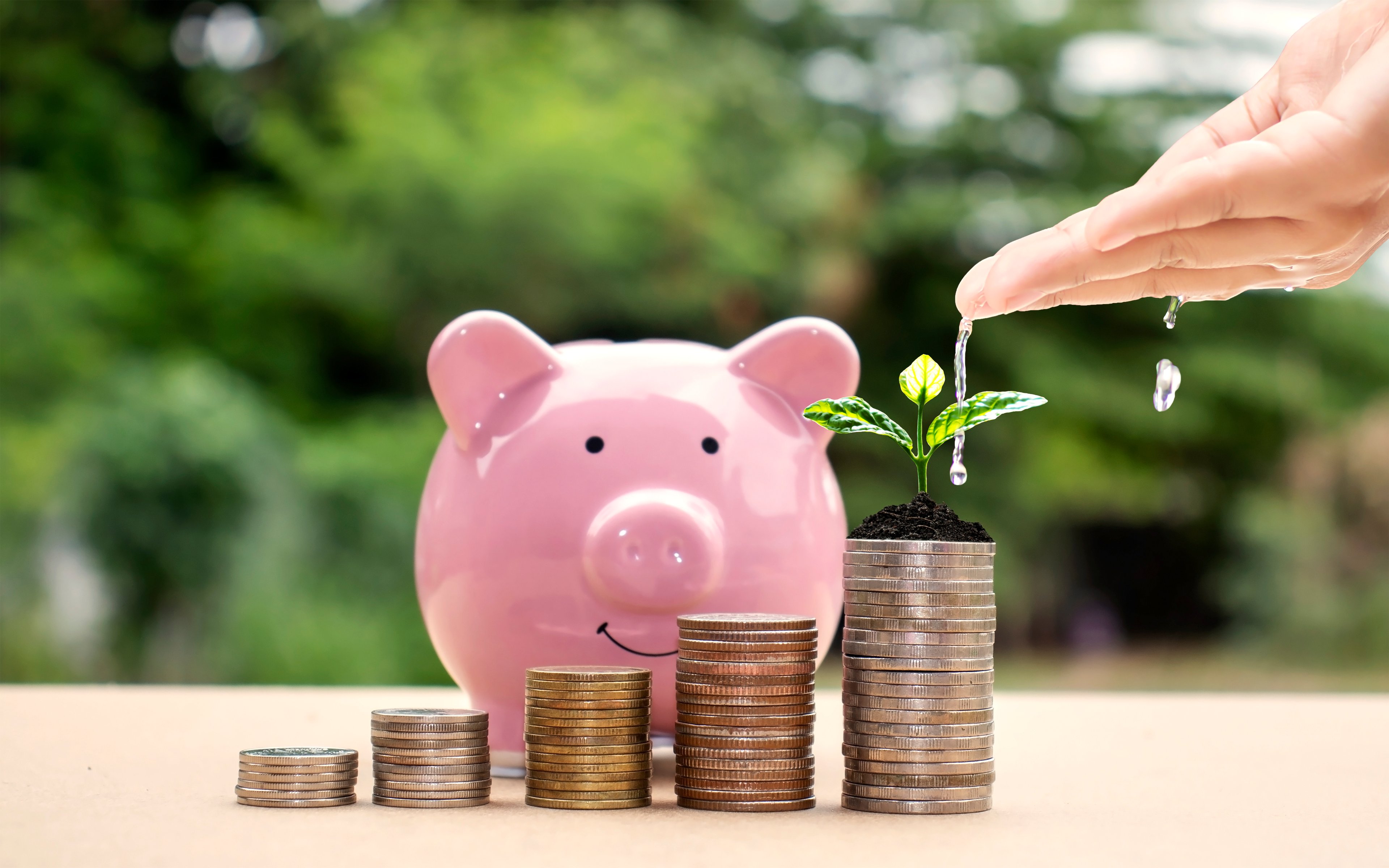Enterprise Products Partners (EPD 1.16%) let a very impressive streak come to an end in 2020. After increasing its distribution for 62 consecutive quarters, it held the disbursement flat when it announced it in May. The reason is pretty obvious: The energy markets are in disarray following the drop in demand related to COVID-19 economic shutdowns.
But how worried should investors be about the sustainability of the 10% yield and the potential for an eventual cut to the distribution? Here are some things you should be thinking about right now.
1. A real threat, but likely not a lasting one
The supply/demand imbalance in the energy sector is very big. There was too much supply going into the COVID-19 pandemic, but when economies began to shut down to slow its spread of the coronavirus, there was also a material drop in demand.
The price of oil actually fell below zero at one point, technically meaning that energy producers were paying customers to take their oil. Even worse, all of the unneeded oil was put into storage and will need to be worked off before a sustained upturn can be expected.

Image source: Getty Images.
The good thing about Enterprise's business, however, is that the master limited partnership's collection of midstream assets are largely fee-based (roughly 85% of gross margin). So the price of oil and natural gas is less important than demand for these vital global fuels. Yes, demand is down for now, but as the world eventually moves past COVID-19, the partnership's pipes, processing plants, and transportation assets, among other energy infrastructure it owns, should see more regular demand.
In fact, Enterprise Products is still fairly positive about the long-term demand dynamics in the energy space. The reason for the upbeat view is the increasing number of people stepping up the socioeconomic ladder globally, which increases the demand for energy of all types. Unless that trend changes, this midstream bellwether will likely continue to see a bright future ahead.
2. Rock-solid finances
The big question here is likely to be around its ability to weather the current storm. To get a sense of that, the first place to look is the balance sheet.
There's a number of ways to look at leverage, but the usual approach in the midstream space is financial debt to earnings before interested, taxes, depreciation, and amortization (EBITDA). Enterprise's ratio at the end of the first quarter was roughly 3.6 times. That's up from around 3.2 times a year earlier but basically in line with the company's historical trends.
Perhaps more important, it's toward the low end of the midstream peer group. That's the norm here, as well. So Enterprise is fairly conservative with its finances, and that hasn't changed, even though the markets it serves have been materially disrupted.
EPD Financial Debt to EBITDA (TTM) data by YCharts.
Meanwhile, Enterprise covered its trailing interest expenses about five times over in the first quarter. Once again, that's toward the conservative end of the midstream sector. From a balance-sheet perspective, nothing appears to be amiss today.
3. Well covered
The next thing to look at is how capably Enterprise is handling the distribution it pays right now. The 10% yield suggests that investors are worried there's not much room for error, but that's just not the case.
The partnership's first-quarter distribution coverage was 1.6 times. To provide some perspective on that number, 1.2 times was historically considered strong in the midstream space. That's not to suggest that coverage won't fall but to highlight the fact that Enterprise can likely absorb a fair amount of bad news before the distribution is at risk.
Some things to worry about, but not the distribution
Right now, Enterprise's distribution looks pretty secure, even if the energy sector remains ugly for a little while. This is a very real possibility and could end up slowing the partnership's growth as it pulls back on capital spending because its customers aren't expanding. That's likely the bigger takeaway.
The distribution looks solid, but distribution growth may be a little anemic. However, with the stock's 10% yield, dividend-focused investors looking to maximize the income their portfolios generate might not mind that trade-off.







